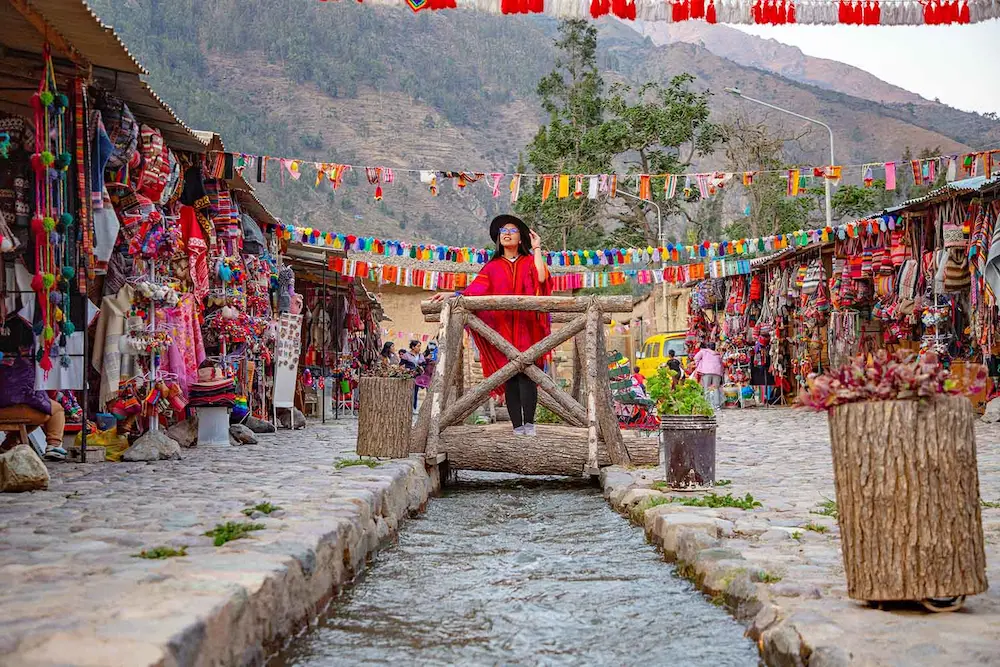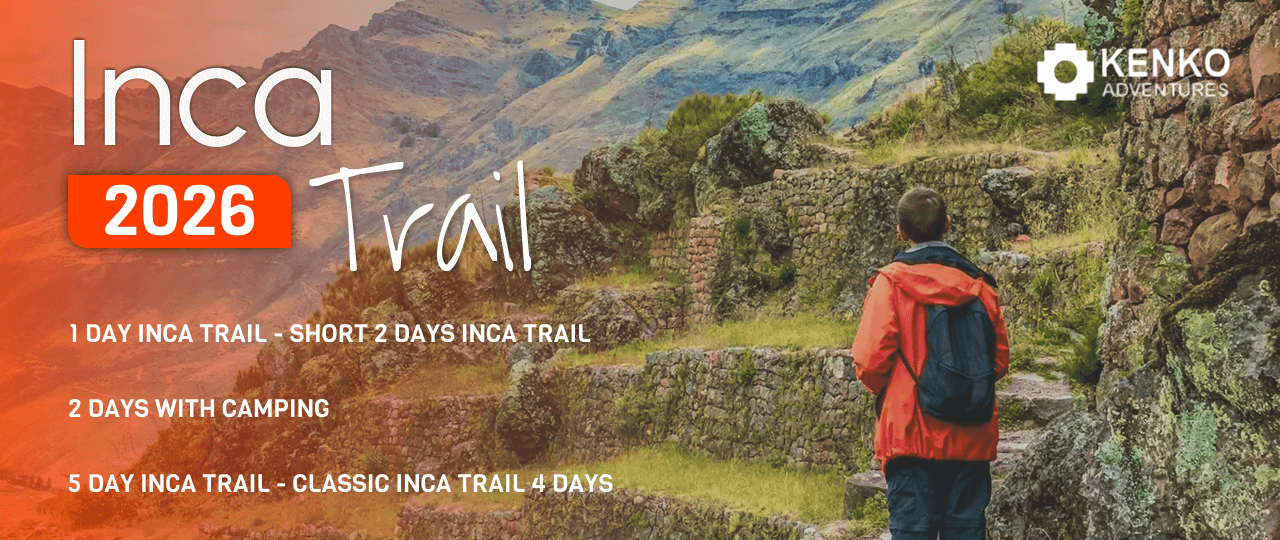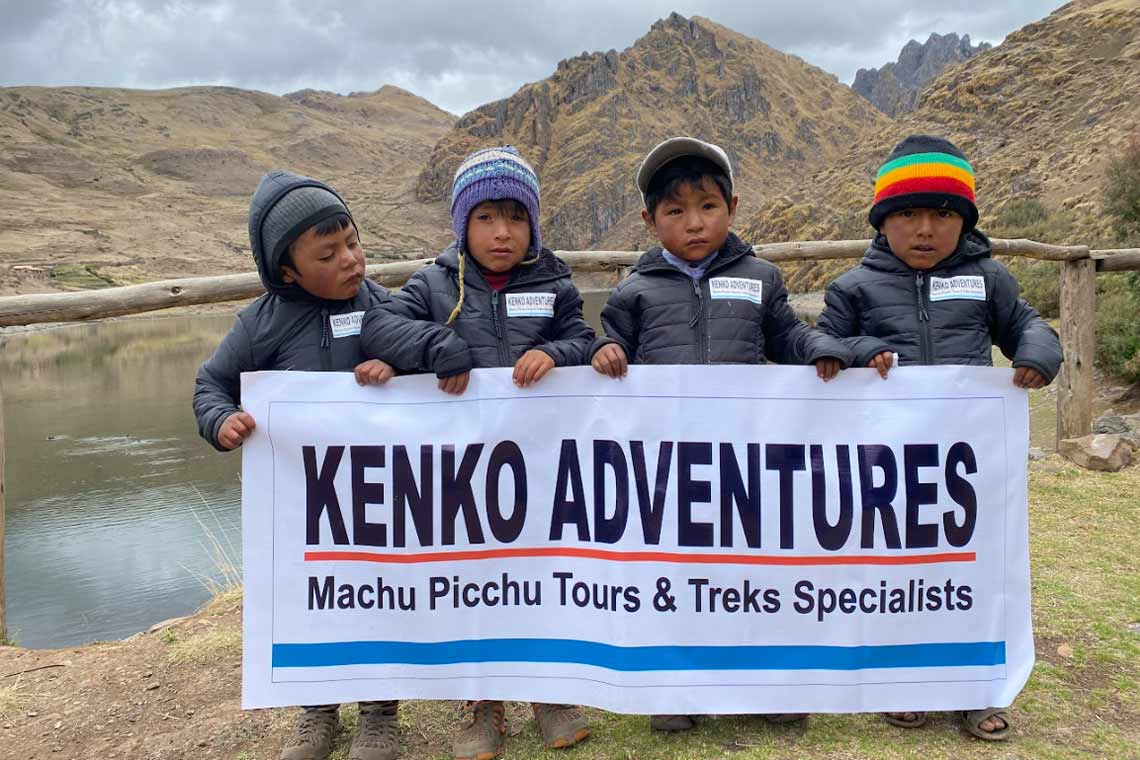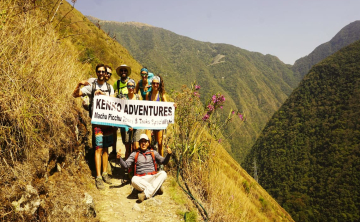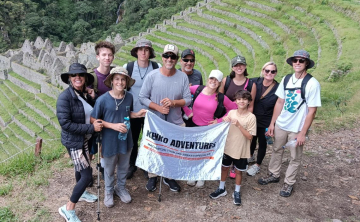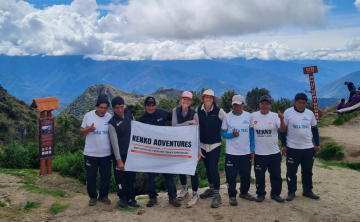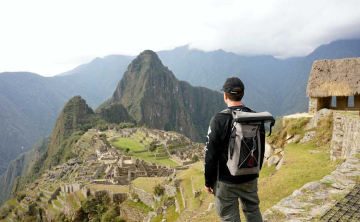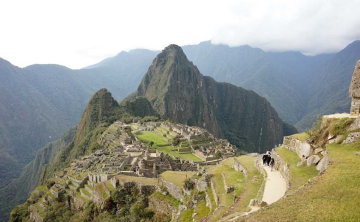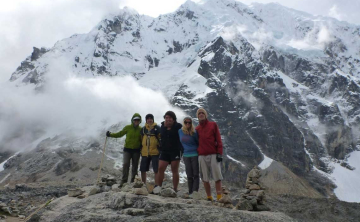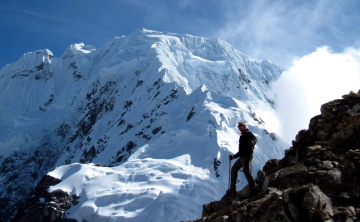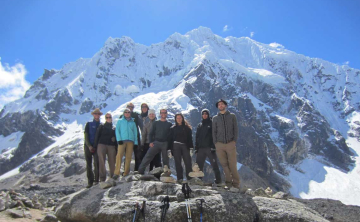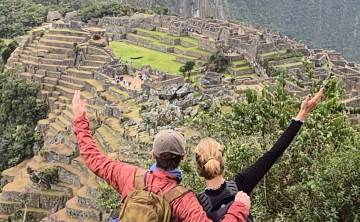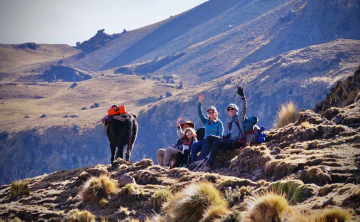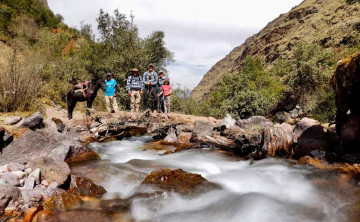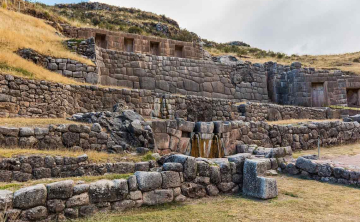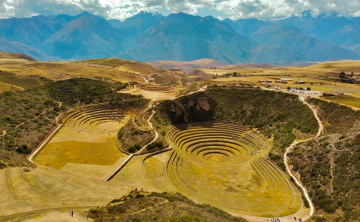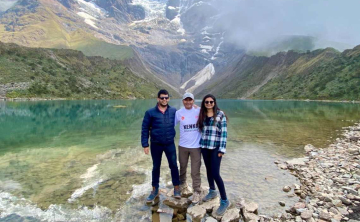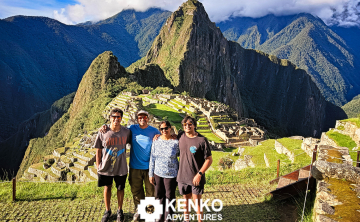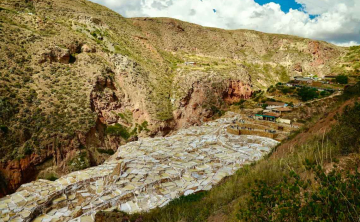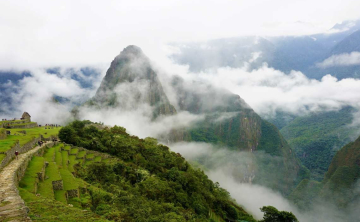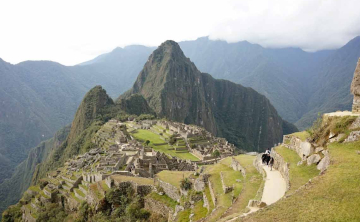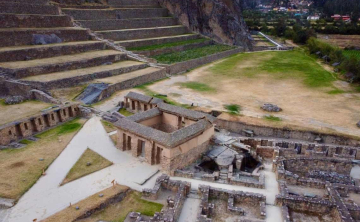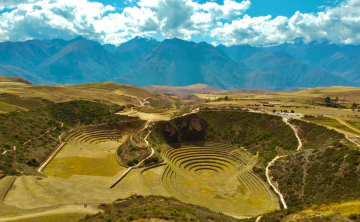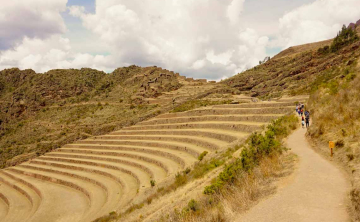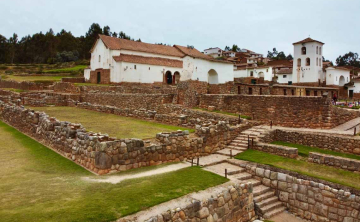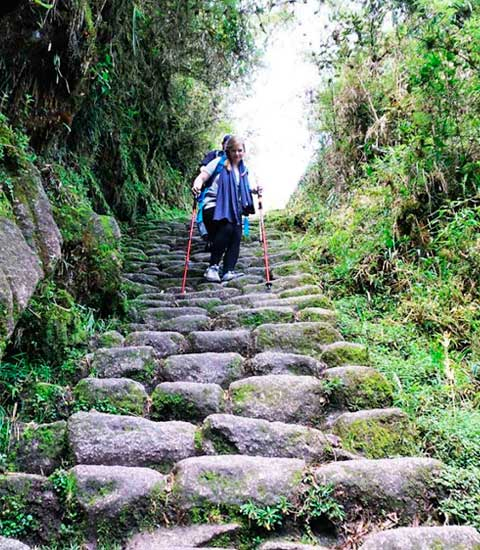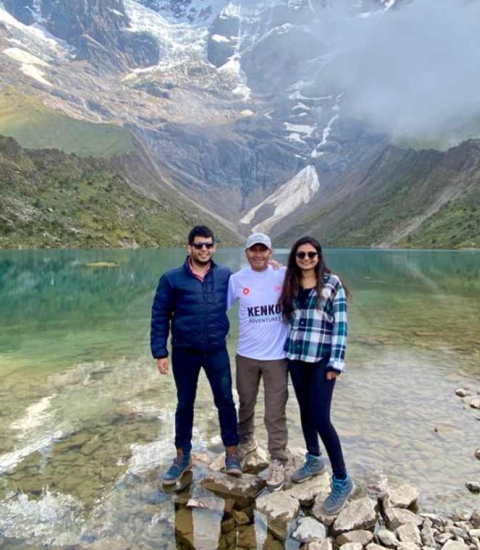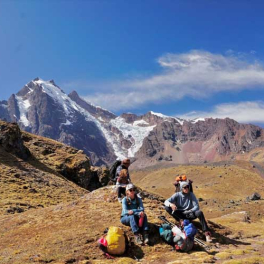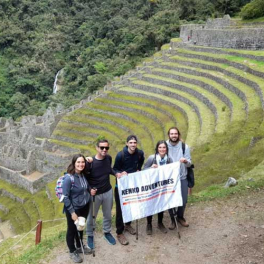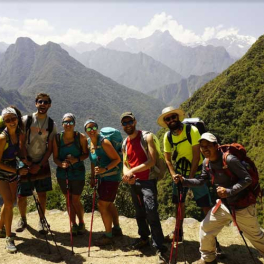The last living Inca Town: Ollantaytambo city history
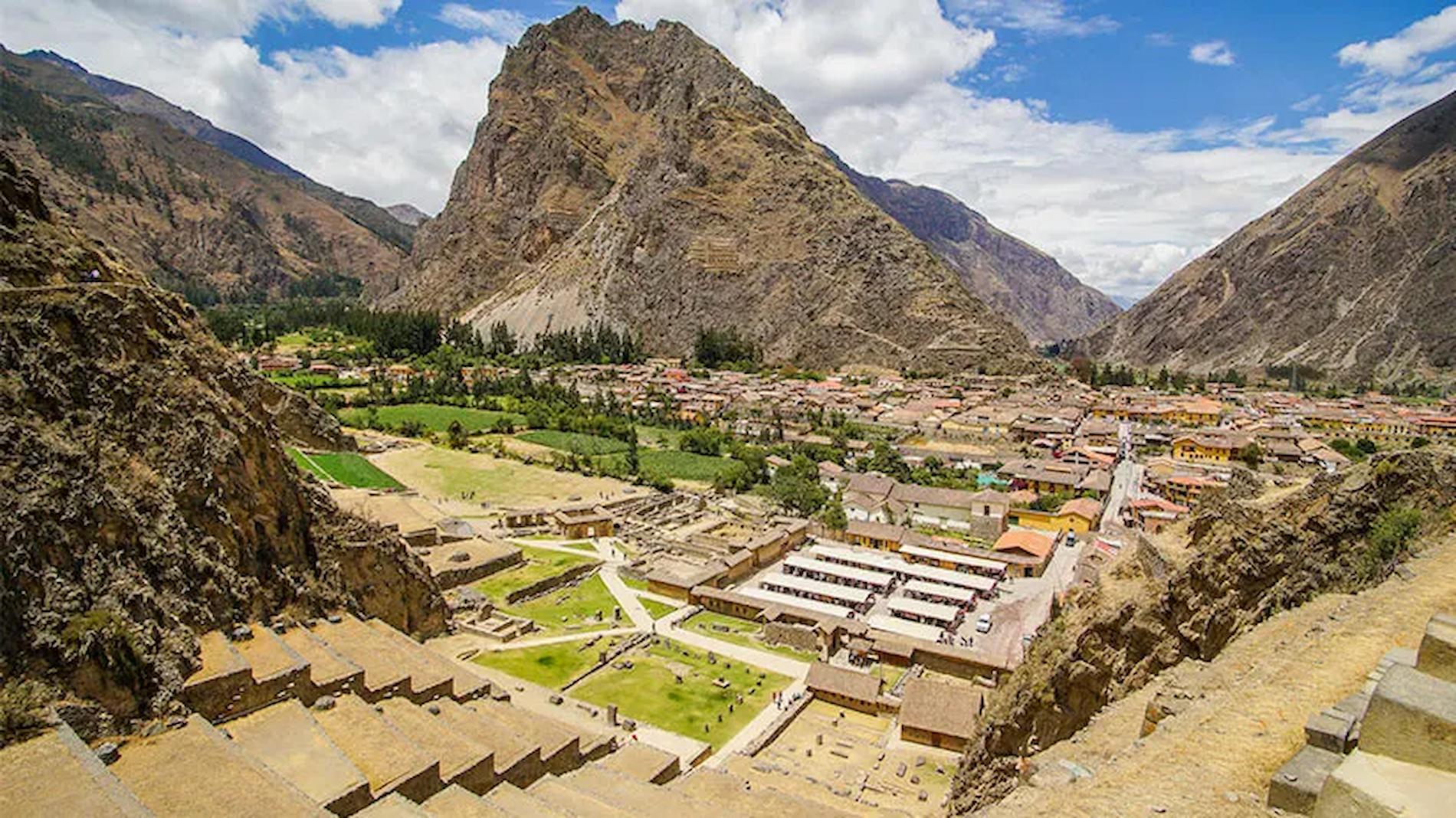
Ollantaytambo city is a Peruvian town and Inca archaeological site, the capital of the district of the same name located in the province of Urubamba, which is also located in the zone denominated as the Sacred Valley of the Incas, in the department of Cusco. It lies about 60 miles northwest of the city of Cusco.
Stay with Kenko Adventures to delve deeper into this town's history and legacy throughout the ages.
What makes ollantaytambo city so special
Nestled in the heart of the Sacred Valley, Ollantaytambo city is more than just a gateway to Machu Picchu — it’s a living testament to Inca history and Andean culture. With its cobblestone streets, ancient terraces, and vibrant local markets, the city offers a unique blend of archaeological wonders, stunning landscapes, and authentic cultural experiences. Visitors come here not only to explore the impressive ruins but also to immerse themselves in the daily life of a town that has preserved its traditions for centuries.
A city frozen in time
Walking through Ollantaytambo feels like stepping back in time. The narrow cobblestone streets, stone houses, and ancient canals are living remnants of the Inca Empire. Unlike many archaeological sites, people still live in the original Inca urban layout, maintaining its authenticity and charm.
A perfect blend of inca and colonial heritage
The city showcases a fascinating mix of Inca engineering and colonial influence. While the lower parts of the buildings are made of perfectly cut Inca stone, the upper parts were rebuilt by Spanish settlers during the colonial period—creating a visual timeline of Peru’s layered history.
Why travelers call it “the living inca city”
Ollantaytambo city earned this title because it’s the only place in Peru where residents continue to inhabit and use Inca-built homes and streets. This gives visitors a rare opportunity to witness how ancient traditions still shape daily life.
You might also want to check out: 20 fascinating facts about Inca Culture
Ethimology
Ollantaytambo town's name is supposedly made from 2 words, the ethimology goes as it follows:
The Quechua word on the second half is tambo/tampu meaning 'lodge' or 'inn', while the first part Ollantay does not seem to derive from Quechua roots, it may be likely of hybrid Quechua-Aymara etymology) it was thought that the colonial drama Ollantay had pre-Hispanic origins, some believed the compound name could commemorate its protagonist, the Inca general Ollanta (who battled Pachacuti himself by cloistering himself and his troops to repel the Inca's army in order to marry his daughter according to the tale).
For this confusion, the linguist Rodolfo CerrĂłn-Palomino has postulated a solution, which says that Ollantay has an Aymara origin, deriving from Ullantawi - the verbal root ulla- ('to see') combined with the inward/downward directional suffix -nta, meaning 'to observe from above', i.e. a lookout or vantage point.
As Quechua displaced Aymara in the Cusco region, the name was shortened (Ullantawi > Ullantaw) and the final "w" changed to "y" ending with the word Ullantay.
Later, when the Inca Viracocha founded a tambo in the newly conquered plaza following Cusco administration, it became known as the tambo of Ollantay/Ullantay, with the first part eventually reduced to a modifier of tampu.
Multi-facetic role
Historically, according to the 16th century Spanish chronicler Pedro Sarmiento de Gamboa, the Inca emperor Pachacutec conquered and destroyed Ollantaytambo before incorporating it into his empire. Under Inca rule, the town was rebuilt with splendid buildings and the Urubamba River valley (which crosses Machu Picchu) was irrigated and provided with terraces; the town served as a lodge for Inca nobility while the terraces were worked by servant yanaconas. After Pachacutec's death, the region passed to the custodianship of his panaka, his family group.
During the Spanish conquest, Ollantaytambo functioned as the temporary capital for Manco Inca Yupanqui, leader of the Inca resistance against the Spanish. Under his rule, the town and surroundings were heavily fortified against the former Inca capital of Cusco, which had fallen under Spanish control. At the Mascabamba plain near Ollantaytambo, Manco Inca defeated a Spanish expedition by blocking their advance from a set of terraces and flooding the plain. However, despite his victory, Manco Inca did not consider remaining in Ollantaytambo viable, so he withdrew to the dense forest of Vilcabamba. In 1540, the native population of Ollantaytambo was granted in an encomienda (certain regions that were given as some sort of states under the control of the "encomenderos" or regional governors) to Hernando Pizarro.
Today it is a major tourist attraction due to its Inca constructions and for being one of the most common starting points of the Inca Trail to Machu Picchu.
You might also want to check out: What were the incas known for?
Inca Urbanism
Ollantaytambo is a prime example of the Incas' extraordinary urban planning abilities. Its cobblestone streets winding every which way, ruins scattered throughout, and agricultural terraces are highlights that stand out on their own that visitors can fully appreciate. Among the ruins, a visit to the ancient fortress and temple is recommended, where you can take in magnificent views of the Sacred Valley of the Incas.
Ollantaytambo is one of the most monumental architectural complexes of the ancient Inca Empire, commonly called the 'Fortress' due to its massive walls. It was actually a tambo or lodging-town, strategically located to control the Sacred Valley. The architectural style and quality of each individually worked stone make Ollantaytambo one of the most peculiar and astonishing artistic achievements of the ancient Peruvians, especially the Temple of the Sun and its gigantic monoliths.
The straight, narrow, picturesque streets today form fifteen blocks of houses located north of the town's main plaza, which are themselves a true historical legacy. Some colonial-style houses are built on exquisitely polished Inca walls. The stone tones are cheerful shades of petrified flower color, dark pink. In the main plaza, a huge block with perfect edges fits its fifteen stellar angles into a double row.
Where ollantaytambo city is located and how to get there
Visiting Ollantaytambo city is like stepping back in time to the heart of the Inca Empire. Nestled in the Sacred Valley, this charming town combines stunning mountain scenery with centuries of living history. Whether you’re coming from Cusco or Lima, getting to Ollantaytambo is part of the adventure — the journey offers breathtaking landscapes, local villages, and a first glimpse of the magic that makes the Andes so special.
Location and altitude
Ollantaytambo city is located about 60 km (37 miles) northwest of Cusco, at an altitude of 2,792 meters (9,160 feet) above sea level. It lies in the Sacred Valley of the Incas, one of Peru’s most scenic and culturally rich regions. The town is surrounded by majestic Andean peaks, ancient agricultural terraces, and fertile farmlands nourished by the Urubamba River.
Because of its slightly lower altitude compared to Cusco, Ollantaytambo offers a milder climate and serves as a great stop to acclimate to the altitude before visiting higher-elevation destinations like Machu Picchu. Its cobblestone streets, Inca-built stone walls, and traditional houses create a setting that feels both timeless and authentic — a living reminder of the region’s ancestral roots.
How to get to ollantaytambo from cusco or lima
Most visitors reach Ollantaytambo city from Cusco, and the journey itself is a highlight. Traveling by car, bus, or private tour takes about two hours, offering panoramic views of the Andean landscape, local villages, and colorful farmlands. Along the way, you can stop in towns like Chinchero, Urubamba, or Maras, known for their markets and historical sites.
If you’re coming from Lima, the best way is to fly to Cusco (about one hour) and then continue your trip by land through the Sacred Valley. Many travelers choose to take a guided tour that combines scenic stops with cultural experiences, turning the transfer into part of the adventure.
Best way to travel: train, car, or tour
Ollantaytambo city is also known as the main train station to Machu Picchu, making it a key point for travelers heading to the famous Inca citadel. Spending a night here before catching the early morning train to Aguas Calientes allows you to explore the archaeological site and enjoy the peaceful evening atmosphere of the valley.
If you prefer more flexibility, traveling by private car or organized tour gives you the chance to visit nearby attractions and enjoy the Sacred Valley at your own pace. Shared shuttles, or colectivos, are a more economical option for independent travelers, offering frequent departures from Cusco.
You might also want to check out: The best snacks while hiking in Peru
Top attractions and things to do in Ollantaytambo city
Exploring Ollantaytambo city is like walking through a living museum of Inca history. This charming town in the Sacred Valley blends ancient ruins, cobblestone streets, and breathtaking mountain scenery. Beyond its famous fortress, Ollantaytambo offers hikes, cultural experiences, and a peaceful atmosphere that captures the essence of the Andes. Whether you’re here for a day trip or staying overnight before heading to Machu Picchu, there are plenty of things to see and do that make this destination unforgettable.
Ollantaytambo archaeological site
No visit to Ollantaytambo city is complete without exploring its famous archaeological site, one of the most impressive and best-preserved Inca complexes in Peru. Known for its massive stone terraces, intricate water channels, and precise engineering, the site served both strategic and ceremonial purposes during the Inca Empire.
It was also the setting of one of the few successful Inca defenses against the Spanish conquistadors, led by Manco Inca in the 16th century. As you climb the terraces, you’ll be rewarded with spectacular panoramic views of the Sacred Valley, the surrounding mountains, and the traditional village below.
Don’t miss the Temple of the Sun, built from enormous, perfectly carved pink granite blocks, and the fountain sector, which demonstrates the Incas’ mastery of hydraulic design. Hiring a local guide is highly recommended to uncover the fascinating stories and symbolism behind each structure.
Pinkuylluna mountain
For travelers who enjoy hiking, Pinkuylluna mountain is a must. Standing opposite the main ruins, this steep trail leads to the ancient Inca storehouses (qollqas) used to preserve grains and food supplies. The short but moderately challenging climb takes about 45 minutes to an hour, depending on your pace.
Along the way, you’ll be treated to breathtaking views of Ollantaytambo city, the fortress, and the valley below. It’s a perfect spot for photos, especially in the late afternoon when the sun casts a warm glow over the ruins.
The trail is free to access and starts right from the town — a great option for travelers looking for an off-the-beaten-path experience without needing a ticket or guide. Just remember to wear good walking shoes and bring water, as the path can be steep and uneven in sections.
Ollantaytambo main square and local markets
At the heart of Ollantaytambo city lies its main square (Plaza de Armas) — a lively gathering place surrounded by colonial buildings, cozy cafés, and artisan stalls. It’s the perfect spot to sit down with a cup of coca tea, people-watch, and soak in the rhythm of local life.
Around the plaza, you’ll find small markets and shops offering traditional handicrafts, colorful alpaca textiles, silver jewelry, and handmade souvenirs. Many of these items are crafted by artisans from nearby Andean communities, preserving techniques passed down through generations. Shopping here is not just about finding gifts — it’s also a way to support local families and sustainable tourism.
Sacred valley viewpoints
For breathtaking views of the surrounding landscapes, head to one of the Sacred Valley viewpoints near Ollantaytambo city. You can easily reach them on foot or take a short tuk-tuk ride from the plaza. From these vantage points, you’ll see terraced hillsides, the Urubamba River winding through the valley, and the dramatic mountains that guard the town.
Sunset is the best time to visit — as the light softens, the entire valley glows in shades of gold and orange, creating a magical scene that’s perfect for photos.
You might also want to check out: Inca calendar: Solar alignments at Machu Picchu
Cultural experiences and local life
Ollantaytambo city is not just an archaeological destination; it’s a living Andean village where traditions remain strong. Locals still follow ancient agricultural practices, growing corn, potatoes, and quinoa on the same terraces their ancestors built.
The Quechua language is widely spoken, and visitors can witness authentic Andean rituals, local markets, and community celebrations throughout the year. Taking part in a homestay experience or a community tour offers travelers a chance to connect with families, learn about traditional farming, and understand the daily rhythm of life in the Andes.
Festivals and traditions
Throughout the year, Ollantaytambo city comes alive with vibrant festivals that blend Catholic and Inca influences. One of the most famous is the Fiesta del Señor de Choquekillka, celebrated in May or June. During this festival, the streets fill with colorful processions, traditional music, and folk dances, reflecting the town’s deep spiritual and cultural heritage.
These festivities are a unique opportunity to see how modern life and ancient beliefs coexist in harmony — a true reflection of the Andean spirit.
Artisanal crafts and local markets
Visiting the artisan workshops in and around Ollantaytambo city is another highlight. Here, local weavers and craftsmen open their doors to travelers, sharing traditional techniques that have been passed down for centuries. You can observe the intricate process of hand-weaving textiles with natural dyes, as well as the making of ceramics, alpaca scarves, and silver jewelry.
Buying directly from artisans ensures that your purchase supports local craftsmanship and helps preserve these time-honored skills. It’s also a great way to take home a meaningful souvenir with a story behind it.
Where to eat in ollantaytambo city
Food is an essential part of the experience in Ollantaytambo city, where Andean flavors meet a relaxed, small-town atmosphere. Despite its size, the city offers a variety of cozy restaurants, cafés, and family-run eateries that serve everything from traditional Peruvian dishes to international options for travelers.
Don’t miss trying trucha (fresh trout) caught from nearby rivers — it’s a local specialty often served grilled or with Andean herbs. Another must-try is quinoto, a creamy quinoa risotto that highlights the region’s famous supergrain. For something hearty, order lomo saltado, a classic Peruvian stir-fry that perfectly blends local and Asian influences.
Many cafés around the main square serve organic coffee, homemade desserts, and smoothies made from native fruits. Some even have terraces with panoramic views of the mountains and Inca ruins — the perfect spot to relax after exploring the archaeological site.
Where to stay in ollantaytambo city
Whether you’re spending one night before heading to Machu Picchu or staying longer to explore the Sacred Valley, Ollantaytambo city offers a wide range of accommodations for every type of traveler.
- Luxury stays: Experience boutique eco-lodges and hotels with mountain views, spas, and panoramic terraces. Many are built with local materials and blend perfectly with the surrounding landscape.
- Mid-range hotels: Comfortable options close to the main plaza, often including breakfast and warm hospitality from local owners.
- Budget stays: Family-run guesthouses and backpacker hostels offer affordable prices, shared kitchens, and a friendly atmosphere ideal for meeting other travelers.
Since Ollantaytambo is a popular stop before Machu Picchu, it’s best to book accommodations in advance, especially during the high season (May to September). Staying a night here allows you to enjoy the calm of the Sacred Valley once the day-trip crowds have gone.
Outdoor adventures near Ollantaytambo city
If you’re an outdoor enthusiast, Ollantaytambo city is the perfect base for nature and adventure activities. The surrounding mountains and rivers offer endless opportunities for exploration.
- Hiking: Discover scenic trails that connect to parts of the Inca Trail, visit nearby ruins like Pumamarca, or hike up to Pinkuylluna mountain for breathtaking views of the valley.
- Cycling: Rent a bike or join a cycling tour through the Sacred Valley’s winding paths and traditional villages. The terrain varies from easy valley rides to more challenging mountain routes.
- River sports: For a dose of adrenaline, try rafting or kayaking on the Urubamba River. These guided tours combine fun, scenery, and a touch of adventure in one unforgettable experience.
Whether you’re exploring on foot, by bike, or by raft, the landscapes surrounding Ollantaytambo promise some of the most memorable outdoor experiences in the Peruvian Andes.
The living culture of Ollantaytambo
This archaeological complex is not only famous for its ruins; it is also a vibrant cultural center. The local inhabitants, many of whom still speak Quechua, keep traditions alive through their festivities, music and dances. The Ollantay Raymi Festival, held in June, recreates ancient Inca ceremonies and is a unique opportunity to immerse yourself in the history and culture of the area.
Tips for visiting Ollantaytambo
Choose the Right Time: The best time to visit is during the dry season, from May to September, when the weather is more favorable.
Plan your Transportation: Ollantaytambo is a key starting point for those heading to Machu Picchu. Be sure to coordinate your train schedules in advance.
Be prepared for altitude: The town is more than 2,700 meters above sea level. It is important to acclimatize to avoid altitude sickness.
Why ollantaytambo city should be on your peru itinerary
If you're planning to stay in Ollantaytambo and use the location as the axis for your tours in Cusco, we'll be glad to tailor our programs to the Sacred Valley, Machu Picchu, the Inca Trail Tour and many more to fit your traveling plans without a problem!
Contact us for more information and have a nice day!

